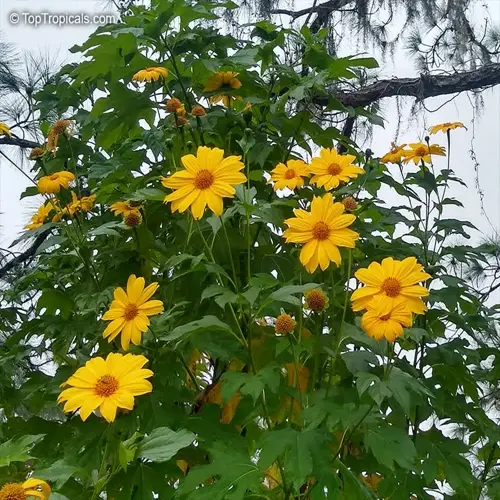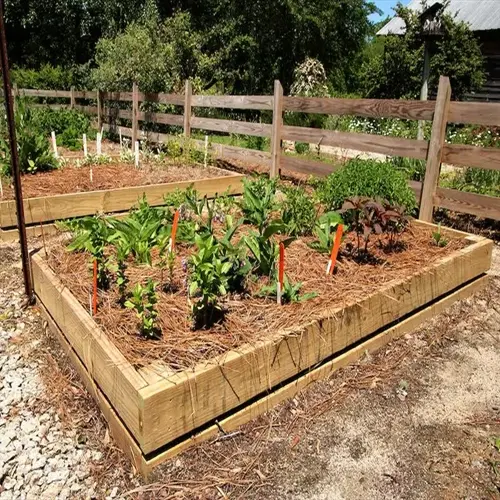Why aren't my wildflower seeds germinating?

Written by
Michael Sullivan
Reviewed by
Prof. Samuel Fitzgerald, Ph.D.After I sowed my first seeds, and they disappeared without any sprouts, wildflowers became an exasperation for the gardener - of which I hold both titles. There are three critical factors in wildflower germination, and they are: soil temperature, planting depth, and moisture management. Seeds require certain warmth to activate particular enzymes that kick start the process of seed germination. Proper surface sowing allows for light to penetrate, and constant moisture keeps seeds from evaporating.
Soil Temperature Issues
- Measure temperature 2 inches deep at 10 AM daily
- Annuals need 55°F minimum for enzyme activation
- Use cold frames in cool climates
- Adjust planting dates based on regional averages
Planting Depth Errors
- Surface-sow without covering seeds
- Press gently into soil for contact
- Use sand mix for visibility during sowing
- Avoid burial deeper than 1/8 inch
Moisture Management
- Maintain damp sponge consistency
- Water with fine mist nozzle at dawn
- Use vermiculite layer on sandy soils
- Install drip irrigation for slopes
Before reseeding, first perform a viability test. Take ten seeds, put them between damp paper towels, and watch them for five days. If there are fewer than six, toss the seeds and use a new batch instead. Seeds lose their ability to germinate fast. Unused seeds can be stored for a short time in tightly sealed containers in a cool, dark location.
Microclimates play a role that can substantially influence your success. On my north-facing slope, it took an extra few weeks for temperatures to warm up compared to the south-facing sites. Urban heat islands hasten the warming process, whereas coastal fog retards warming. Use a soil thermometer to accurately track your site conditions for timing purposes.
Ensure slopes are protected from washout by laying down erosion control blankets. Secure with biodegradable stakes. In areas prone to windy conditions, consider planting native grasses as an initial windbreak. These modifications established ideal conditions for site stability immediately following seeding but before environmental stresses emerged.
Read the full article: When to Plant Wildflowers: Ultimate Guide

